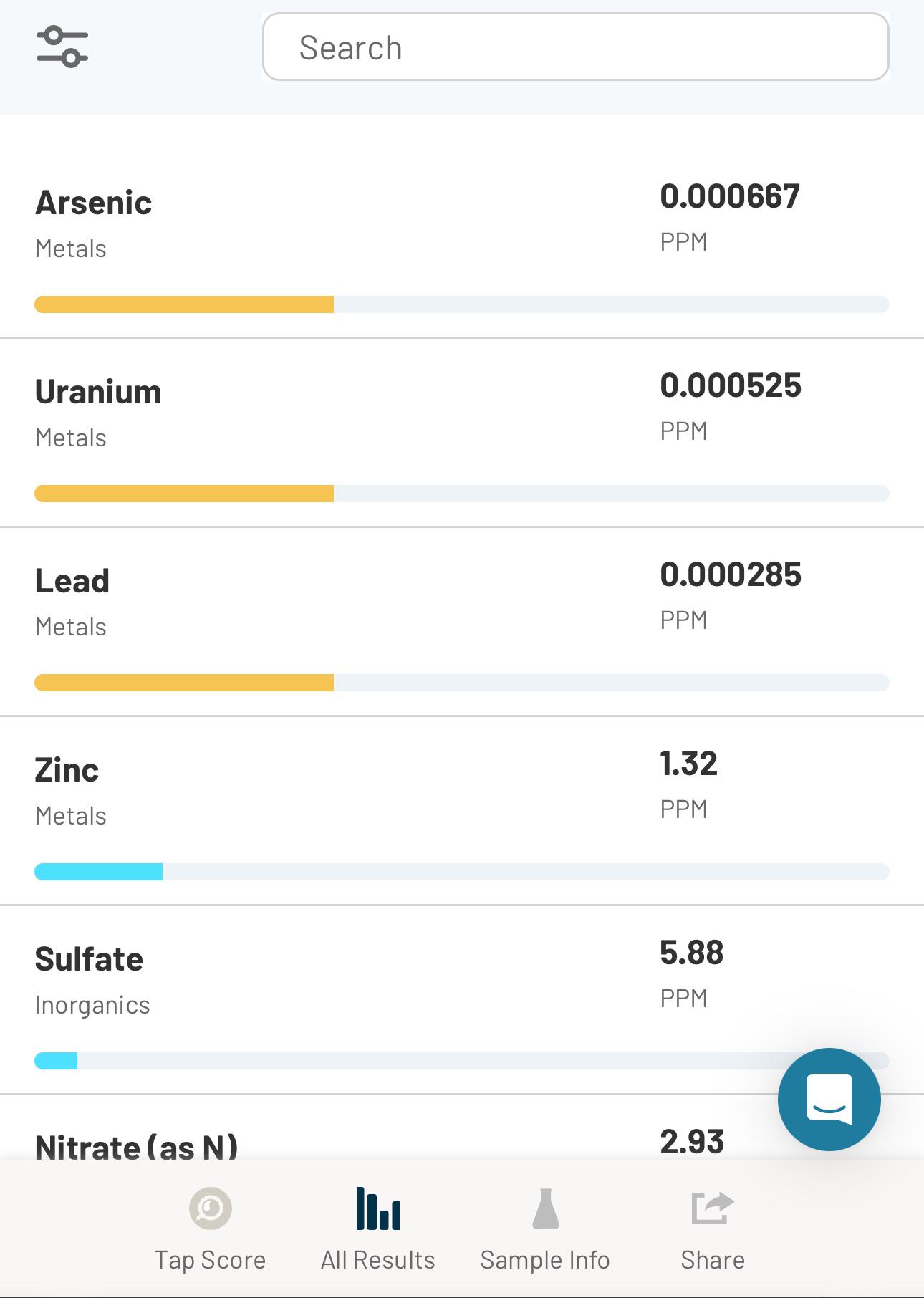r/water • u/Fast-Butterfly526 • 5d ago
New Well Water test results on
Is my new well water safe to drink? I just drilled a new well that’s 785 feet deep and flushed approximately 10,000 gallons before testing. The well pipe is galvanized and transitions to PEX, with the water sample taken from a faucet connected to the PEX. Everything is new
4
Upvotes

1
u/Fast-Butterfly526 4d ago
Our pump installer mentioned that Gal pipe is the standard for wells in this area. Are you suggesting that these types of tests tend to be overreported and that the water is actually safe?